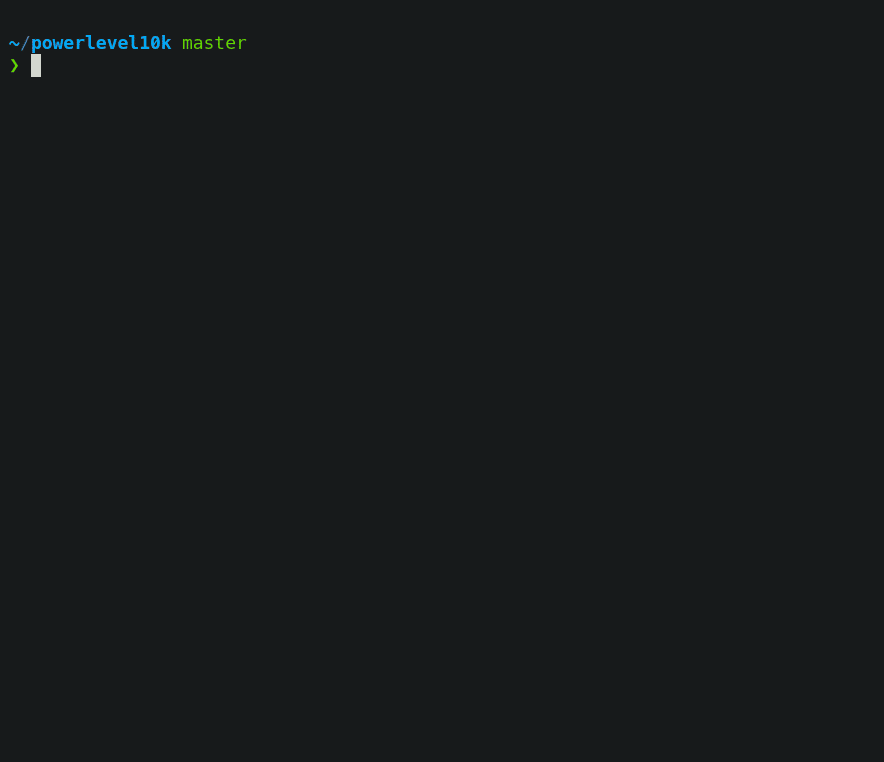After setting up Devise gem, add default_url_option to development.rb.
config/environments/development.rb
config.action_mailer.default_url_options = { host: 'localhost', port: 3000 }
Generate a User model
$ rails generate devise User
Uncomment confirmable fields in newly created migration file
db/migrate/2020xxxxxxx_devise_create_users.rb
## Confirmable
t.string :confirmation_token
t.datetime :confirmed_at
t.datetime :confirmation_sent_at
t.string :unconfirmed_emailreconfirmable
Add :confirmable to User.rb
app/models/user.rb
devise :database_authenticatable, :registerable,
:recoverable, :rememberable, :validatable,
:confirmable
In deveise.rb, configurate sender’s email and reconfirmable state.
# this email have to be the same as SendGrid Sender Identity
config.mailer_sender = "example@gmail.com"
config/environments/development.rb
# SendGrid
ActionMailer::Base.smtp_settings = {
:user_name => Rails.application.credentials.dig(:sendgrid, :username),
:password => Rails.application.credentials.dig(:sendgrid, :password),
:domain => 'your domain',
:address => 'smtp.sendgrid.net',
:port => 587,
:authentication => :plain,
:enable_starttls_auto => true
}
Rails.application.credentials.sendgrid(:username) does not work here!
Store you credentials in master.key
$ EDITOR='code --wait' rails credentials:edit
sendgrid:
username: "apikey" # leave it as is
password: "Your API key"
Errors I ran into:
Missing host to link to! Please provide the :host parameter, set default_url_options[:host]
log/production.log
I, [2021-06-28T02:29:03.586863 #1835748] INFO -- : [46c46c7d-2f67-4def-9e9f-7a64dd5d5493] Completed 500 Internal Server Error in 305ms (ActiveRecord: 2.0ms | Allocations: 1831)
F, [2021-06-28T02:29:03.589058 #1835748] FATAL -- : [46c46c7d-2f67-4def-9e9f-7a64dd5d5493]
[46c46c7d-2f67-4def-9e9f-7a64dd5d5493] ActionView::Template::Error (Missing host to link to! Please provide the :host parameter, set default_url_options[:host], or set :only_path to true):
[46c46c7d-2f67-4def-9e9f-7a64dd5d5493] 2:
[46c46c7d-2f67-4def-9e9f-7a64dd5d5493] 3: <p>You can confirm your account email through the link below:</p>
[46c46c7d-2f67-4def-9e9f-7a64dd5d5493] 4:
[46c46c7d-2f67-4def-9e9f-7a64dd5d5493] 5: <p><%= link_to 'Confirm my account', confirmation_url(@resource, confirmation_token: @token) %></p>
[46c46c7d-2f67-4def-9e9f-7a64dd5d5493]
Forgot to configure default_url_options in environments/production.rb
Net::OpenTimeout (execution expired)
log/production.log
I, [2021-06-28T03:09:52.753696 #1845775] INFO -- : [d23e7eed-eb39-4a53-a330-90bc7719cad6] Delivered mail 60d8cce2b74c7_1c2a0f53fc980c@localhost.mail (30003.8ms)
I, [2021-06-28T03:09:52.754019 #1845775] INFO -- : [d23e7eed-eb39-4a53-a330-90bc7719cad6] Completed 500 Internal Server Error in 30014ms (ActiveRecord: 4.1ms | Allocations: 2705)
F, [2021-06-28T03:09:52.755417 #1845775] FATAL -- : [d23e7eed-eb39-4a53-a330-90bc7719cad6]
[d23e7eed-eb39-4a53-a330-90bc7719cad6] Net::OpenTimeout (execution expired):
[d23e7eed-eb39-4a53-a330-90bc7719cad6]
Need to contact VPS support
Note:
- Configure SendGrid using SMTP relay.
- SendGrid Sender Identity must be setup in order for this to work
- Must use the verified email (as Sender Identity) on the config.mailer_sender in devise.rb
- Linode have SMTP port restrictions in place on all Linodes by default, need to open up a support ticket to unblock the port
References:
Module: Devise::Models::Confirmable — Documentation for heartcombo/devise (master)
ActionMailer - E-mail 發送 - Rails 實戰聖經
卡卡米的記憶體: Ruby - 使用 Devise confirmable
Unable to send mail from my rails web application | Linode Questions
Devise and SendGrid integration into rails 6 - DEV Community

